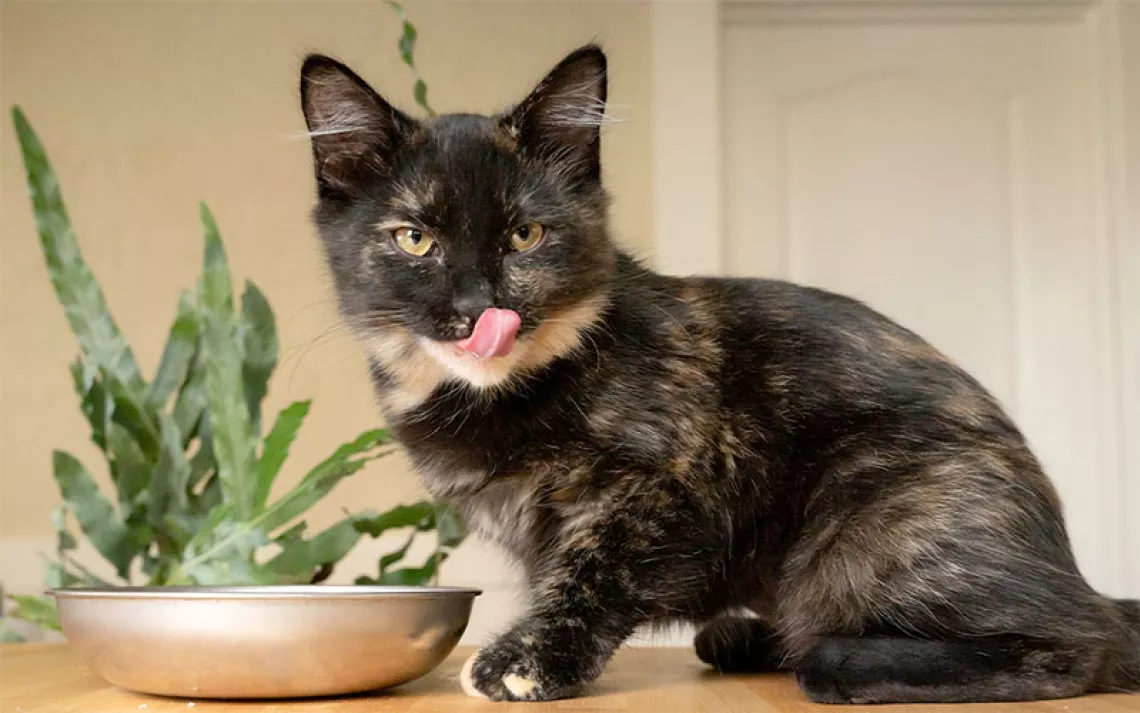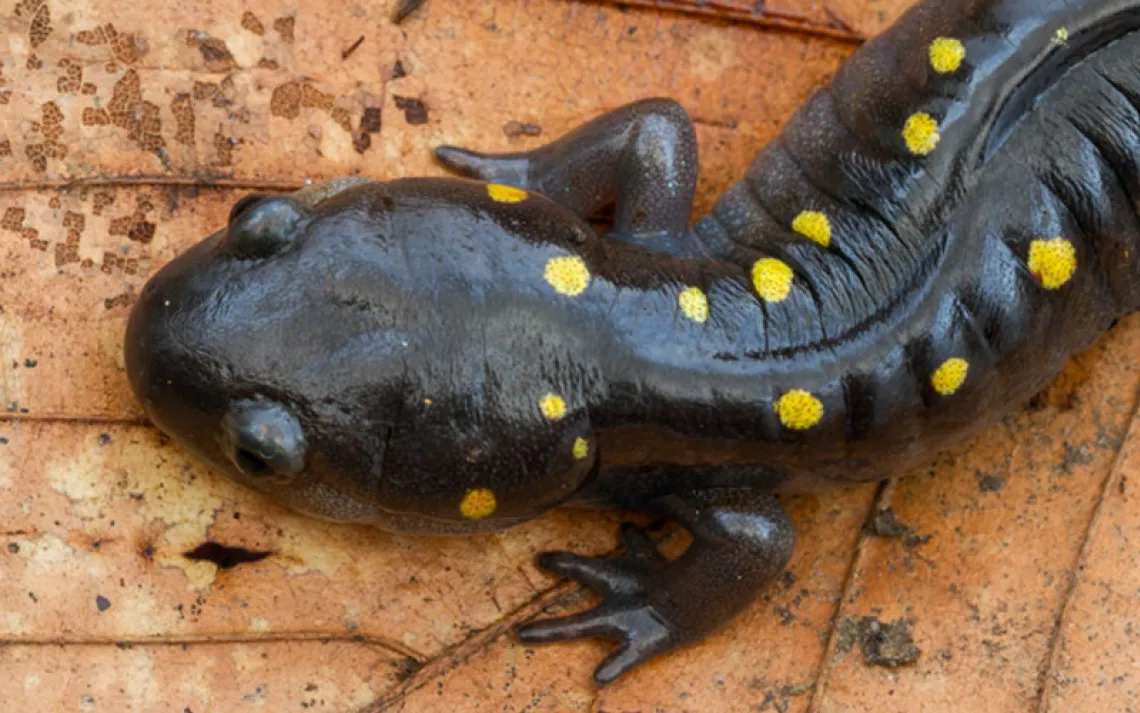9 Myths About Animals You Probably Think Are True

Photo by action74/iStock
From the labradors we share our homes with to the legendary sea monsters of Western folklore, we’ve sought to understand our fellow earthlings since the beginning of humankind. Whether it’s superstition, exaggeration, or just plain misunderstanding, sometimes our quest for knowledge can lead to some misguided conclusions. Here are nine widely believed animal misconceptions that don’t hold up to scientific scrutiny.
1. Bears Hibernate
Ask anyone which animal comes to mind when they hear the word “hibernate” and their response will likely be a brown or black bear. It may be common to picture a burly, fattened-up mama grizzly slumbering away in her winter den deep in the woods while the white snow blankets everything in sight. This follows with the dangerous misconception that sleeping bears are nearly impossible to arouse during the winter months. True hibernation occurs when an animal drastically lowers their body temperature to nearly match their surroundings, and sleeps through the winter. Hibernating animals, like woodchucks, appear lifeless and are not easily awakened.
Bears, on the other hand, exhibit torpor, a shorter-term reduction in body temperature accompanied by lethargy. Heart rate drops, but not as much as that of true hibernators. Though less active than usual, bears in torpor can readily respond to external stimuli. So don’t forget your bear spray on your next snowshoeing trip.
2. Goldfish Have a Three-Second Memory Span
Contrary to popular belief, behavioral studies show that goldfish can associate sounds with feeding times, operate tiny levers, and even recognize their owners' presence. Each of these behaviors requires a lengthier memory span than three seconds.
3. Wasps: Leave Them Alone, and They’ll Leave You Alone
Although this may be the general rule for furry bumblebees, wasps such as yellowjackets have been known to sting unprovoked. Factors such as proximity to nest, season, and former unrelated injury can result in wasp aggression.
4. Bulls Are Enraged by the Color Red
A belief that originated in Spanish bullfighting is that bulls are angered by the color red. In fact, it is the swift motion of the red cloth used by matadors in bullfighting arenas that causes the bull to charge. Studies suggest that bulls, like many animals, are actually colorblind, meaning that they are incapable of distinguishing between certain colors.
5. Head Lice Have a Preference for Clean or Dirty Hair
Head lice, or Pediculus humanus capitis, were once thought to thrive primarily in oily, dirty hair. Sometime after, it was believed that the parasitic insects actually preferred cleaner hair because it allowed for easier mobility. Neither of these assumptions are true. The common louse likes your hair no matter when you last showered.
6. Touching a Baby Bird Will Cause Its Mother to Abandon It
The falsehood that mother birds will abandon their offspring if touched by a human derives from the belief that birds can pick up on human scent. In fact, most birds have a rather poor sense of smell and are unlikely to readily abandon their young. This doesn’t mean, however, that you should go picking up every young chick you find. Young, seemingly helpless birds often have their mothers closeby, carefully watching. Human disturbance (rather than human touch) near a nesting site is far more likely to contribute to a mother bird stranding her young ones.

photo: pvginola/iStock
7. Daddy Longlegs Are the Most Venomous Spiders
Daddy longlegs is the nickname most commonly given to a few familiar critters—most commonly, the harvestman. How many times have you heard that daddy longlegs' are the most venomous spiders in the world? Harvestmen have no venom glands and aren't even spiders, but another type of arachnid. Unlike spiders, harvestmen produce no silk, have no fangs, and have one main body part instead of two.
8. Bats Are Blind
The common misconception that bats are blind still exists. Though some bats have poor eyesight, they are certainly not blind and many bats can see as well as humans.
9. Camels Store Water in Their Humps
Camels' large humps store fat, not water, much like the fatty tissue found under human skin. These reservoirs of fat allow camels to survive for days in the desert sun without stopping for food.
Follow Sierra on Facebook, Twitter, Pinterest, Instagram, and YouTube.
 The Magazine of The Sierra Club
The Magazine of The Sierra Club



